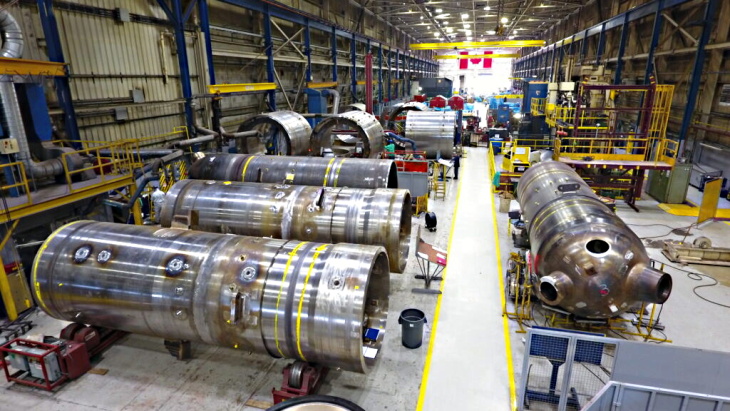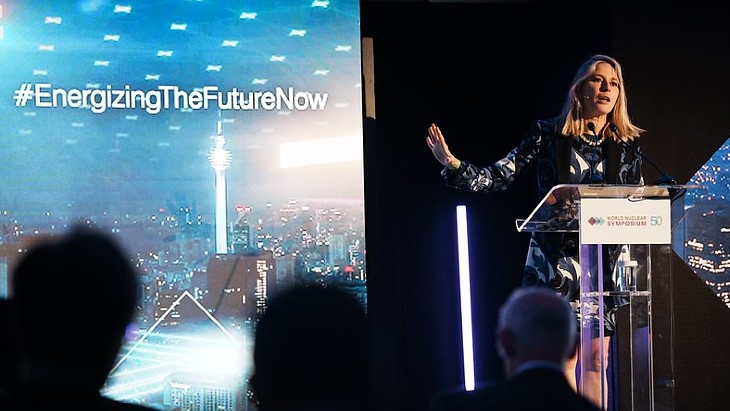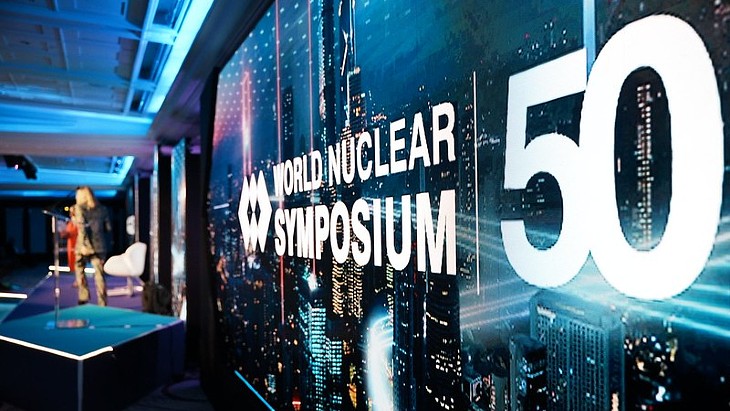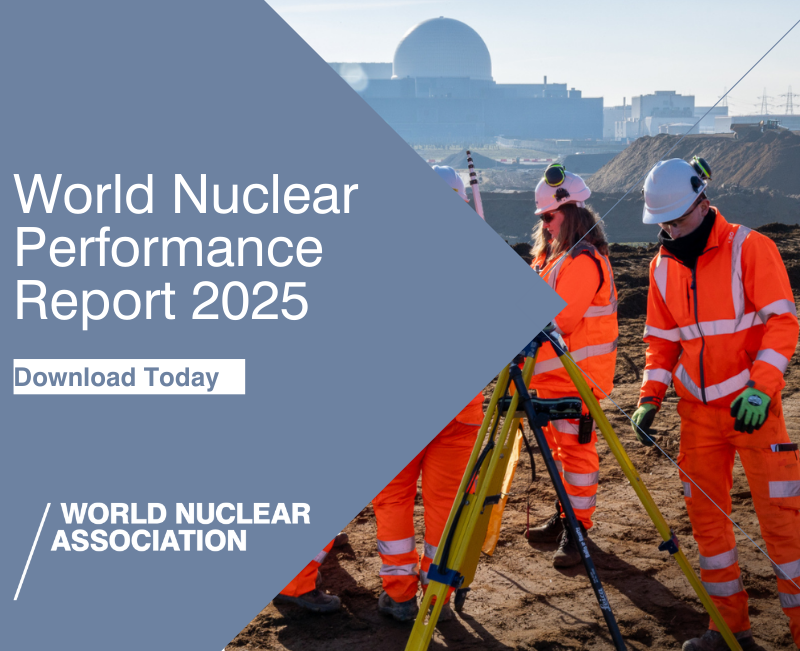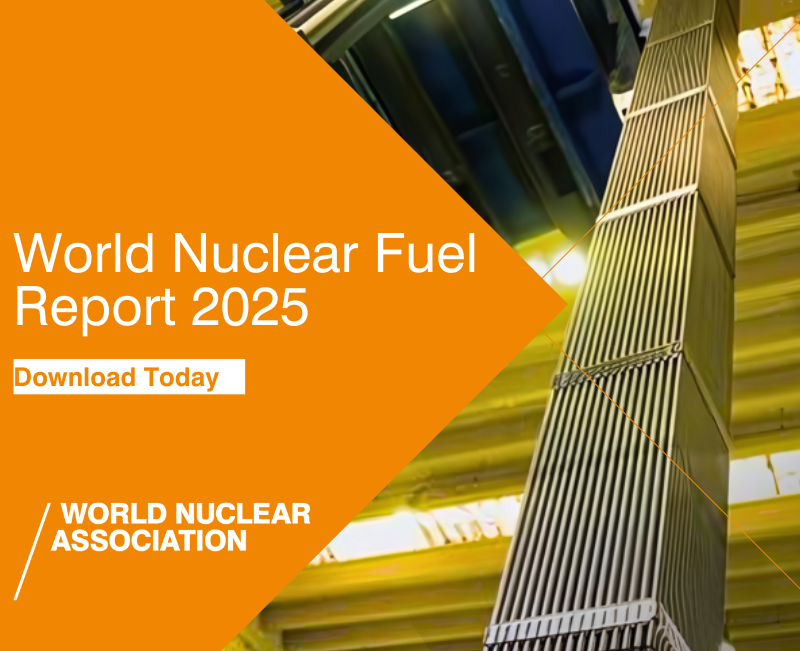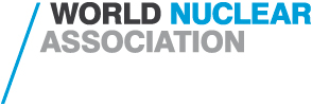The USA has asked for more reactor design work from two technology teams led by General Atomics and Westinghouse. One of the designs could be picked for construction as the Next Generation Nuclear Plant (NGNP).
Funding announced yesterday for $40 million in total is to support the teams in finishing conceptual designs and plans for NGNP by the end of August this year.
General Atomics' team is proposing the Gas-Turbine Modular Helium Reactor (GT-MHR) and includes the company's electric boat division, URS Washington, Korea Atomic Energy Research Institute (Kaeri) and Fuji Electric Systems.
The Westinghouse-led team has the Pebble-Bed Modular Reactor (PBMR) concept and is supported by PBMR Ltd, Shaw Group, Toshiba, Doosan, Technology Insights and M-Tech Industrial.
An Areva-led team proposing the Antares design, similar to GT-MHR, was apparently not favoured.
Both of the designs going forward use nuclear fuel based on 1 millimetre uranium oxide kernels coated and sealed with successive layers of carbon and carbide. In GT-MHR these are formed into in hexagonal blocks in a compact core, while in PBMR they are shaped into a large number of tennis-ball sized 'pebbles' in a much bigger core space. Both are cooled by helium, which reaches high temperatures of about 850 ºC.
The high temperatures are crucial to the NGNP project, which hopes to demonstrate that an advanced nuclear reactor could supply heat to a neighbouring industrial facility. The Department of Energy said that 16% of the USA's greenhouse gas emissions come from energy-intensive industrial processes and this could be reduced the introduction of a reliable low-carbon heat supply. The main example application would be in refining petrochemicals but other are fertilizer manufacture with needs up to 500 ºC, plastic refining with heat needs up to 720 ºC and hydrogen production with needs of up to 900 ºC.
The potential role of this kind of reactor as a way to reduce volumes of transuranic waste while generating electricity - the 'deep burn' concept - has also been studied by Idaho National Laboratory with modelling support from Argonne.
The completion of satisfactory conceptual designs from the teams would bring Phase I of the NGNP project to an end. Phase II would begin with design selection and include the development and construction to actually realise NGNP at Idaho.
The most recent statements suggest a combined construction and operation license could be put to regulators in 2013 in time for construction to start in 2017 and operation from 2021.
Researched and written
by World Nuclear News




_69614.jpg)
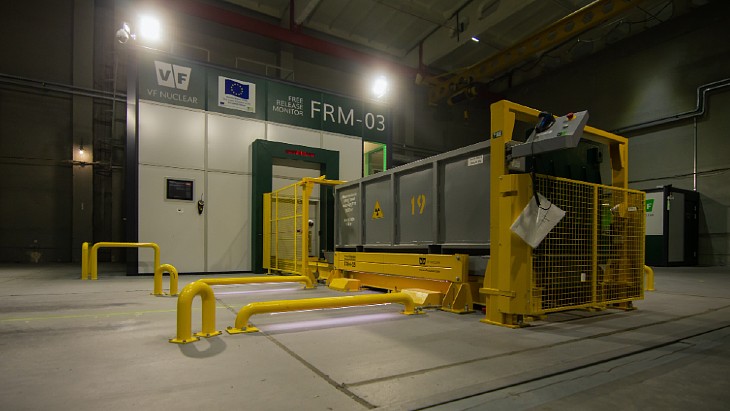
_15447.jpg)
